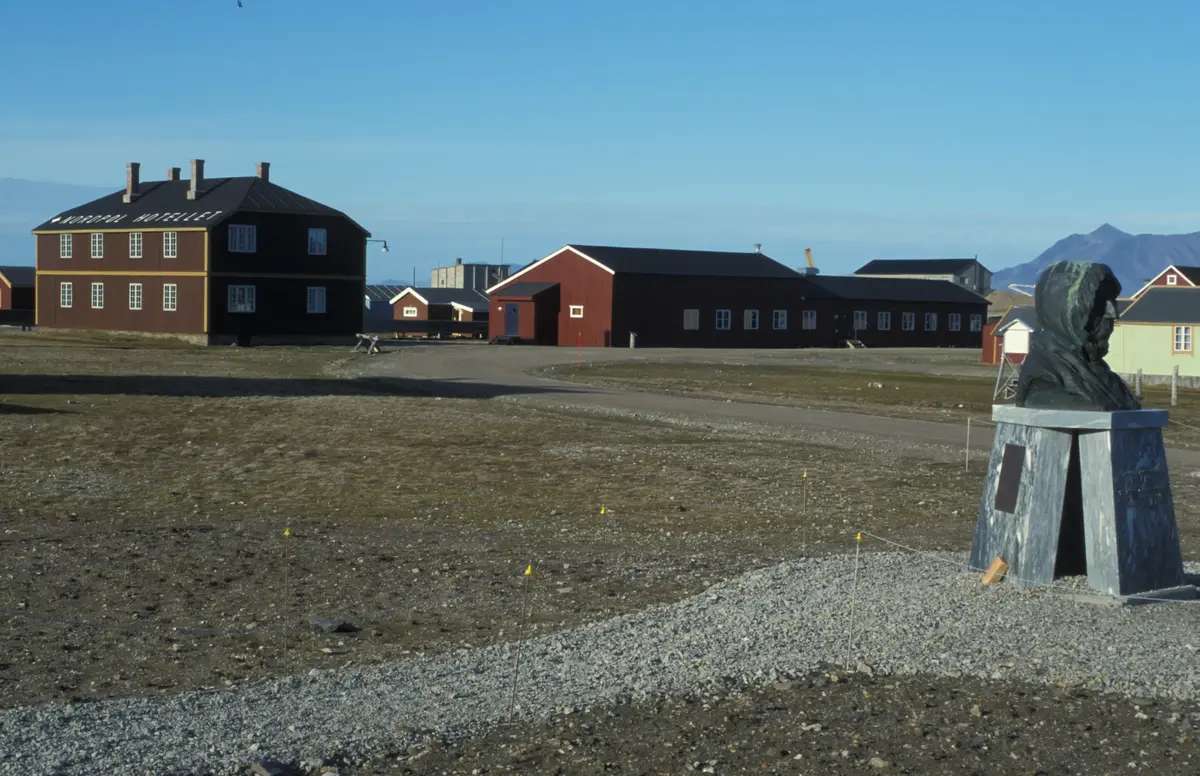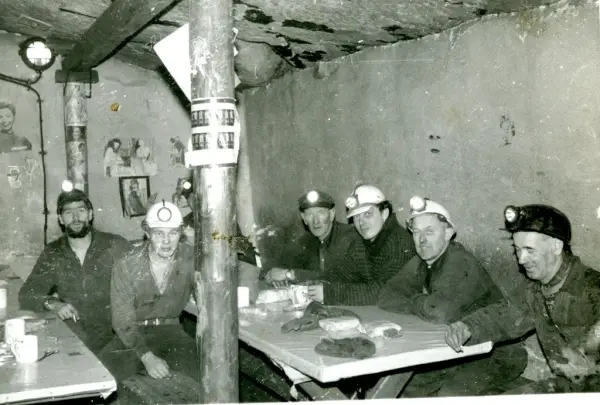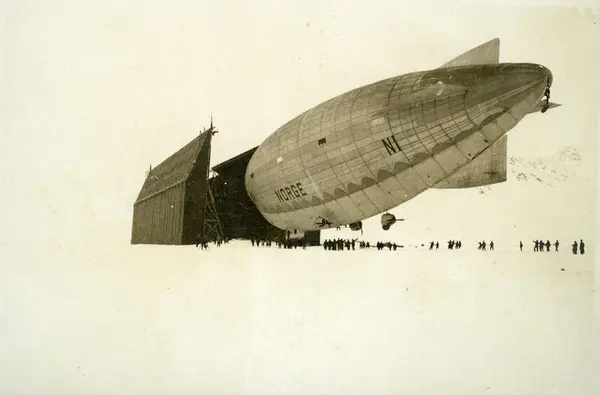Kings Bay Kull Compani (KBKC) has owned and run Ny-Ålesund since 1916. Coal mining began there in 1917, but operations were discontinued after just twelve years. KBKC was nationalised in 1933, and coal mining recommenced in 1945. It was a time of optimism and faith in the future, and the demand for coal increased.
Within a few years, annual production reached 60 000 tonnes, but operating conditions in the mines were exceedingly complicated. Serious mining accidents in 1948, 1952, and 1953 claimed a total of 28 lives. The Norwegian state modernised and constructed new facilities to reduce the risk, investing NOK 21.7 million by 1961. Unfortunately, these improvements were ill-timed: the coal market collapsed in 1957.
But the event that brought operations to a halt and dealt a deathblow to the mining town was the catastrophic accident of 5 November 1962.
Twenty-one men died in the mines; eleven of the bodies were never recovered. Between 1946 and 1962, a total of 76 people had lost their lives in Ny-Ålesund’s mines. The mines were shut down. In 1963, the inhabitants left Ny-Ålesund. Einar Gerhardsen, who was Prime Minister at the time, had to resign because public opinion held that the Norwegian state – which owned the mines – had not lived up to its responsibility to ensure the workers’ safety.
Ny-Ålesund was later reborn as an Arctic research station. The Norwegian Polar Institute started a permanent research base at the site and Ny-Ålesund eventually became an international open-air research laboratory. At present, Kings Bay AS provides infrastructure for all the various research environments and groups that work in and around Ny-Ålesund. About 30 people live there year-round, but in summer the population grows to over 130. The goal is that the village shall continue to be an active, international, Arctic research station.


